
Ear marking pliers
|

Drenching guns
|

Thick chalk, used to mark sheep
for short term identification,
across the back or head,
such as when culling to sell
|
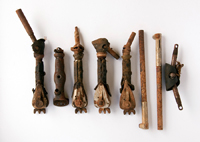
Older style handpieces |
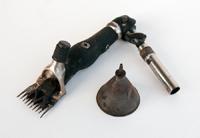
Modern handpiece but with older
style narrow comb and cutter,
and oil pot |
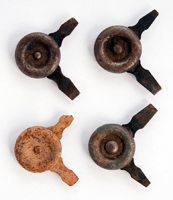
Screwdrivers for changing
combs and maintenance |
|

Sheep branding iron.
Dipped in branding fluid
(not heated) |
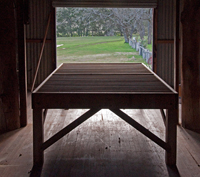
Wool table, older style, timber.
This type of table was built as
far back as 1860
|

Wool bale hooks |
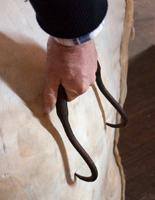 |

Brush used with wool bale
stencil black |
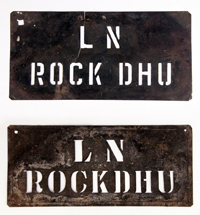
Wool bale stencils (LN standing
for Lionel Norvill, over
ROCK DHU) |
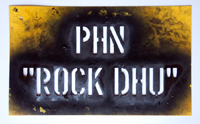
Stencil is now PHN standing
for Peter Henry Norvill |

Wool bale stencil black kit
|
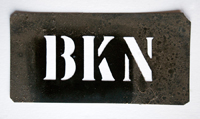
BKN stands for Broken and is the
wool with most of the better qualities
of the fleece but is skirted from edges
and as a result will have more grass
seed and bur |
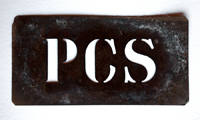
PCS stands for Pieces and is an
older style term that used to be
used for what is now called BKN |
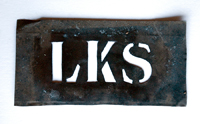
LKS stands for Locks and are
the tinniest bits of fleece and
off-cuts, most of which falls
through the slats of the wool
table or accumulates on
the shed floor |
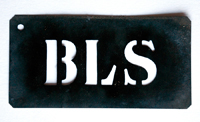
BLS stands for Bellies and is that
first shorn off from the sheep’s
underside |
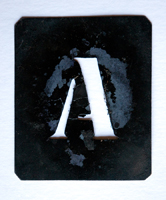
A is used on the main fleece
lines and stands for varying fleece
quality. The more ‘A’s there are on
any line of bales, as a rule, the
better the quality relative to that
line of sheep and wool.
An example is AAAA |
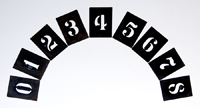
Note: There is no number 9.
The number 6 is inverted for a 9 |
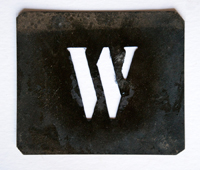
W stands for Wethers |

E stands for Ewes |

M stands for Merino |
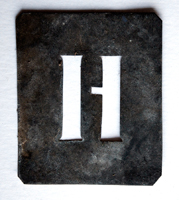
H stands for Hogget |
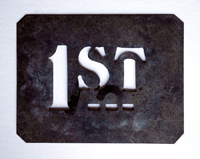
1st, 2nd are other standards of
fleece type and quality |
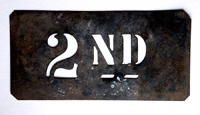 |

Hook used with Plunge Dip. Half moon part of hook used to push sheep under and curl at end
was for pulling up to surface if they got stuck |
| |
|
|